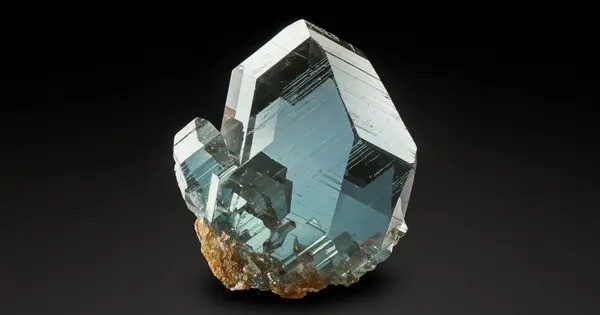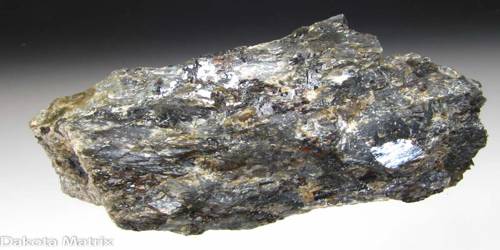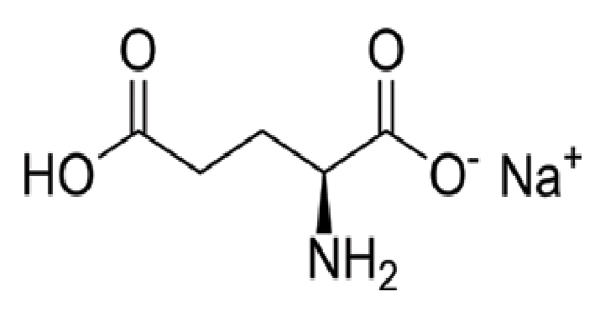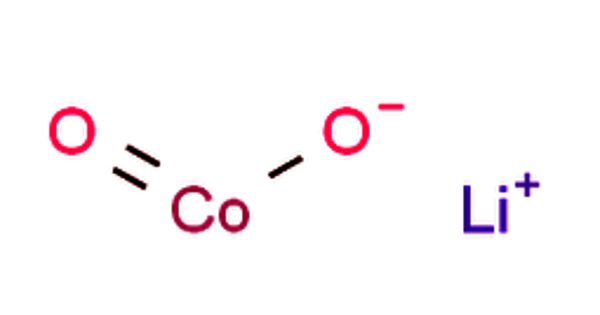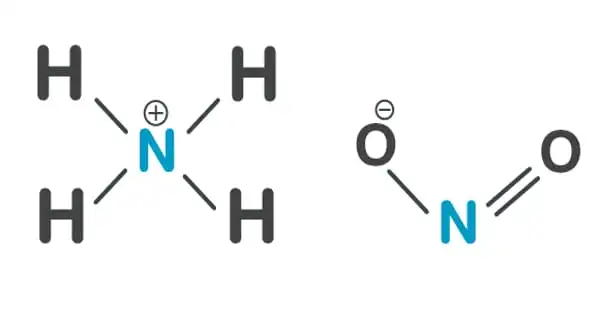Beryllium telluride (BeTe) is a chemical compound of beryllium and tellurium. It is a binary compound made of beryllium (Be) and tellurium (Te). It is a crystalline solid with the lattice constant of 0.5615 nm. It is a semiconductor with a large energy gap of around 3 eV. It is an intermetallic semiconductor material that has attracted some attention in research fields such as optoelectronics and spintronics, though it is not widely used in commercial applications. Toxicity is unknown. Toxic hydrogen telluride gas is evolved on exposure to water.
Beryllium telluride (BeTe) is a high-bandgap semiconductor with interesting potential for optoelectronics and thermoelectrics, but its extreme toxicity limits widespread use. It’s mainly of interest in research or specialized applications.
Properties
- Chemical formula: BeTe
- Molar mass: 136.612 g/mol
- Density: 5.1 g/cm3
- Band Gap: ~3.5 eV (direct band gap)
- Density: ~5.3 g/cm³ (approximate)
- Thermal Stability: High
- Toxicity: Very toxic (both Be and Te are toxic)
Electronic & Structural Characteristics
- Crystal structure: BeTe adopts the zinc blende (cubic) structure similar to GaAs, which is common for semiconductors.
- Band gap: It’s an indirect band gap semiconductor, limiting its usefulness in direct optical emission (e.g., LEDs), but it has been explored for high-temperature and high-frequency electronic applications.
- Lattice matching: The lattice constant is fairly close to other II-VI compounds like ZnTe, which makes it a potential candidate for heterostructures in quantum well devices or superlattices.
Natural Occurrence
Beryllium Telluride does not occur naturally in mineral form. It is a synthetic compound prepared in the laboratory, typically via:
- Direct synthesis: Reacting elemental beryllium with tellurium at high temperatures in vacuum or inert atmosphere.
- Molecular beam epitaxy (MBE): Used to create thin films of BeTe for research in semiconductors.
Because of the rarity and toxicity of beryllium and the specialized nature of tellurium compounds, BeTe is not mined or refined naturally and has no known mineral counterpart.
Applications
Beryllium telluride is not as widely used as other semiconductors but has potential or niche use in:
- High-temperature semiconductors
- Thermoelectric materials
- Optoelectronic devices (e.g., IR detectors, lasers)
- Spintronics (due to unique electronic properties)
Health & Safety
- Beryllium compounds are extremely toxic and carcinogenic.
- Proper handling in controlled environments (like glove boxes and fume hoods) is essential.
- Tellurium compounds can cause “tellurium breath” (garlic odor) and other toxic effects.
